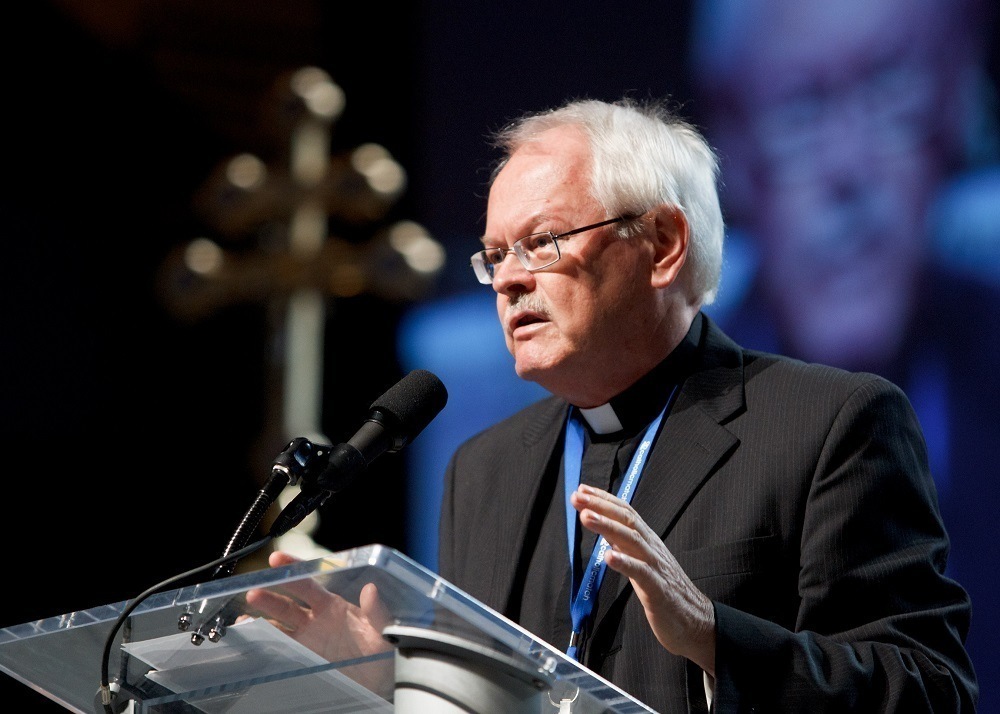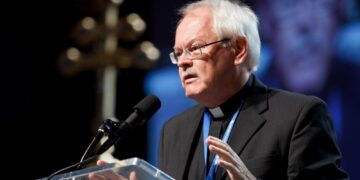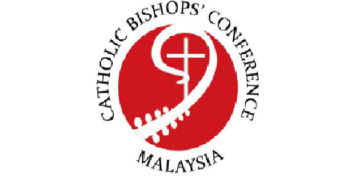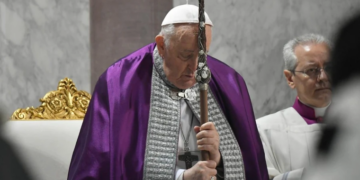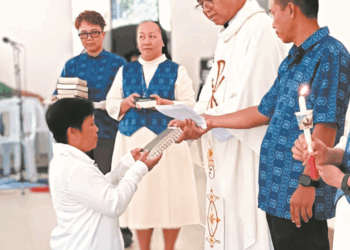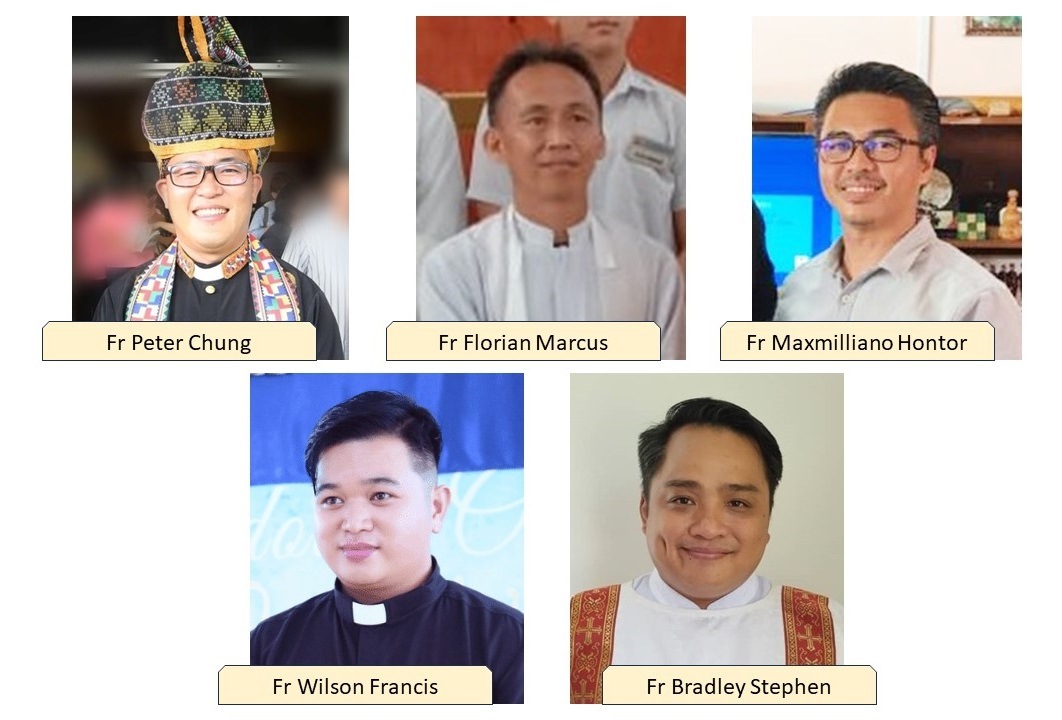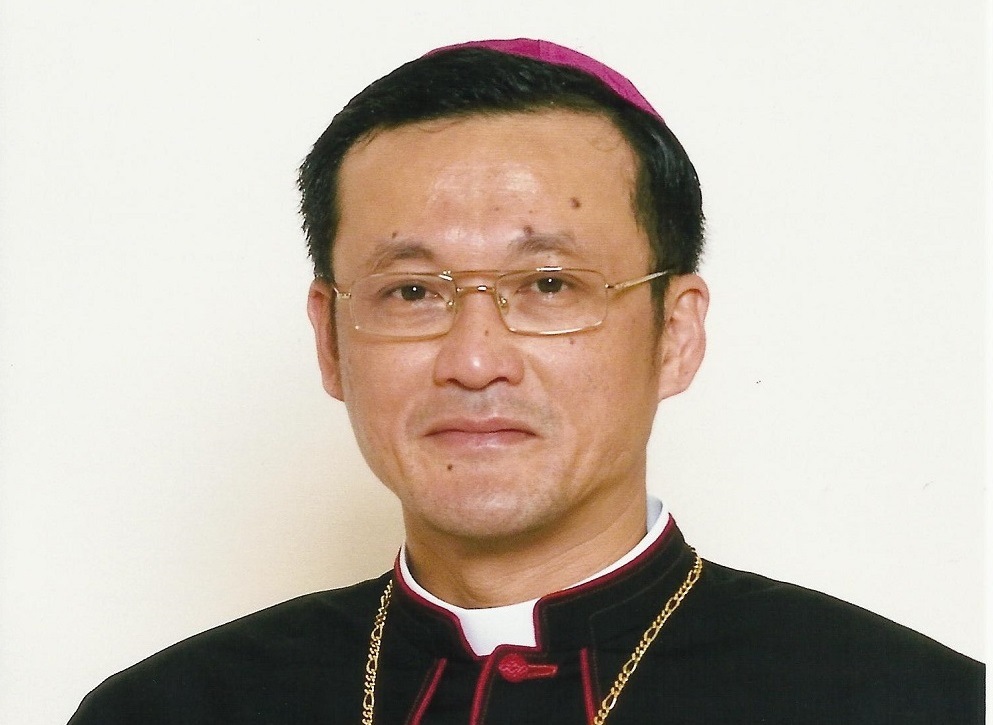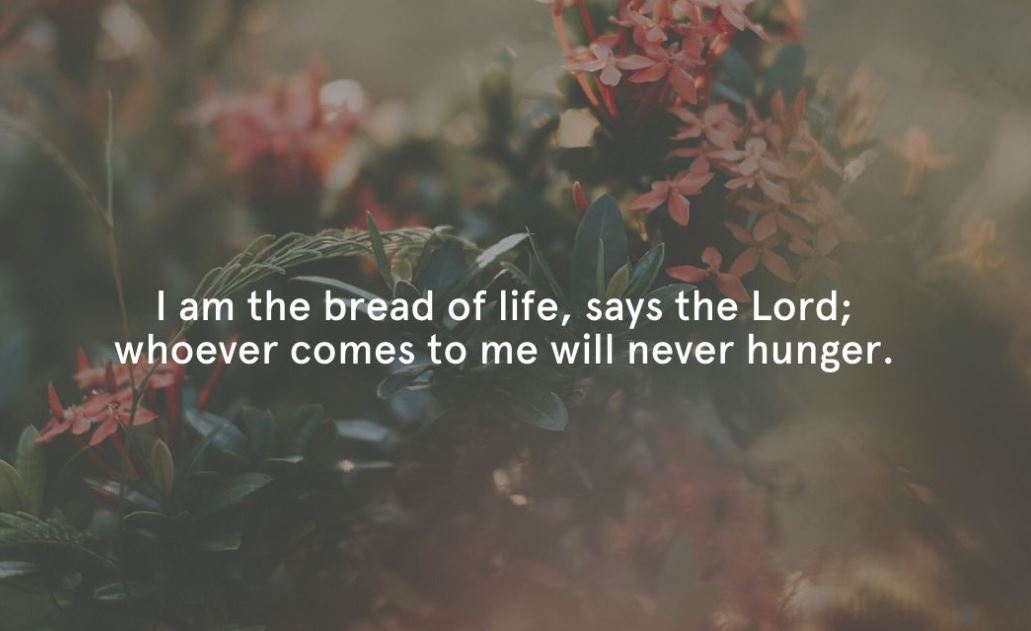The Catholic Rite of Ancestor Veneration is part of the Lunar New Year liturgy in Malaysia. The practice has its roots in the ancient custom of paying respects to ancestors while celebrating the new year. (Photo: Instagram)
Feb 6 2024
It is the season when most churches in Malaysia put up red lanterns and banners to adorn entrances, place potted kumquat shrubs with tiny golden fruit close to the altar, and string pretty flowers by the side of the pews.
All this is to usher in Chinese New Year.And on the first day of the new lunar year, special masses are held.
There are, however, some who do not attend these masses and it has to do with other acts associated with the celebration, namely the Rite of Veneration of Ancestors, and the lion dance.
For years, the Church in Malaysia has been split over this with one group saying it is paganism and another calling it inculturation — the adaptation of the Gospel to different cultures.
There are a number of Chinese New Year masses that include the Rite of the Veneration of Ancestors which is either during Mass or as a separate rite after Mass. The celebrant holds lit joss sticks before an ancestral tablet placed on a table close to the altar, and the congregation would bow three times.
After that, there would be the lion dance on the church grounds. A couple of dancers would go under an enormous lion puppet head and two others would be under the elongated rear, and they would mimic the movements of a lion, and even add some acrobatic movements. All this is done to the constant and thunderous beating of drums and clanging of cymbals.
“There are Christian ways to honor our ancestors and the departed”
The Rite of the Veneration of Ancestors is accepted by a large number of Chinese Malaysians, with many saying it is the Church recognizing the cultural need to express filial piety, an important part of the Chinese tradition. It is also in line with the commandment to honor parents.
Then there is a small group that feels the Catholic Church has already made available avenues for believers to show their respect to and pray for their ancestors in the form of All Souls Day and during masses.
“There are Christian ways to honor our ancestors and the departed, which is at Mass when we offer intentions for them,” a Catholic was quoted as saying.
Some call the rite a “liturgical abuse.” Criticisms about the lion dance are just as scathing.
The comments often point to the traditional purpose of the lion dance, which is to bring good fortune and chase away evil. There have even been churches where the Chinese god of prosperity is part of the lion dance troupe.
The critics cry blasphemy, but lion dance supporters say the performances add to the festivities, and ought to be treated as pure entertainment and a way of preserving their culture.
A candidate of the Rite of Christian Initiation for Adults whom the writer spoke to last year said her Protestant aunt tried to discourage her from becoming a Catholic. One of the main reasons was the Catholic Church not being able to see that the lion dance and ancestral veneration were not compatible with Christianity.
The Chinese rites controversy started when Jesuit missionaries to China wanted to incorporate Confucian rituals involving the veneration of the ancestral tablet into the Catholic faith for evangelization.
“One of the main problems is that 18th-century China and 21st-century Malaysia are two different planets”
The Dominicans and Franciscans opposed it and the matter was escalated to Rome. Two popes banned the rites but in 1939, Pope Pius XII allowed it, and Vatican II supported the move.
Pope Pius XII, in his encyclical, said: “The liturgical ceremony of bowing in respect to the photographs or the tablets of our ancestors is both reasonable as well as permissible.”
In 2002, the Chinese New Year Missal was published with the permission of the Archdiocese of Kuala Lumpur by the Constantini Research Centre that came under the religious order, Congregation of the Disciples of the Lord (Congregatio Discipulorum Domini in Latin or CDD).
This is probably the only guide as to how these masses ought to be conducted during masses in the Malaysian Church.
The missal failed to quell criticisms. One of the main problems is that 18th-century China and 21st-century Malaysia are two different planets.
“Is the practice of venerating ancestral tablets still part of the local culture? The sizable population of Chinese-speaking Catholics has not had ancestral tablets in their homes for generations. For them, the practice is entirely alien. And yet, it is precisely these Catholics that often insist on venerating the ancestral tablet in the Chinese New Year Mass,” Reverend Deacon Professor Dr. Sherman Kuek OFS said.
“It is perhaps wise to ask ourselves if such a practice truly serves its evangelistic purpose or if we do it just because we can,” said the permanent deacon from Malacca-Johor diocese in Malaysia, clarifying that the comments were his personal views.
The last 20 years have seen the same unending arguments being made by both sides with no sign of a solution, nor an attempt to find one.
The onus is on the Church to do so. One way is to revisit the Chinese New Year Missal and seek views from the laity as well as look at the matter not just from the theological perspective but also from the cultural aspect, said Sherman.
There needs to be an open discussion among the clergy, laity, and experts. Otherwise, there may be far graver consequences than just Catholics staying away from Chinese New Year masses. They may stay away forever. – UCA News
*The views expressed in this article are those of the author and do not necessarily reflect the official editorial position of UCA News.










